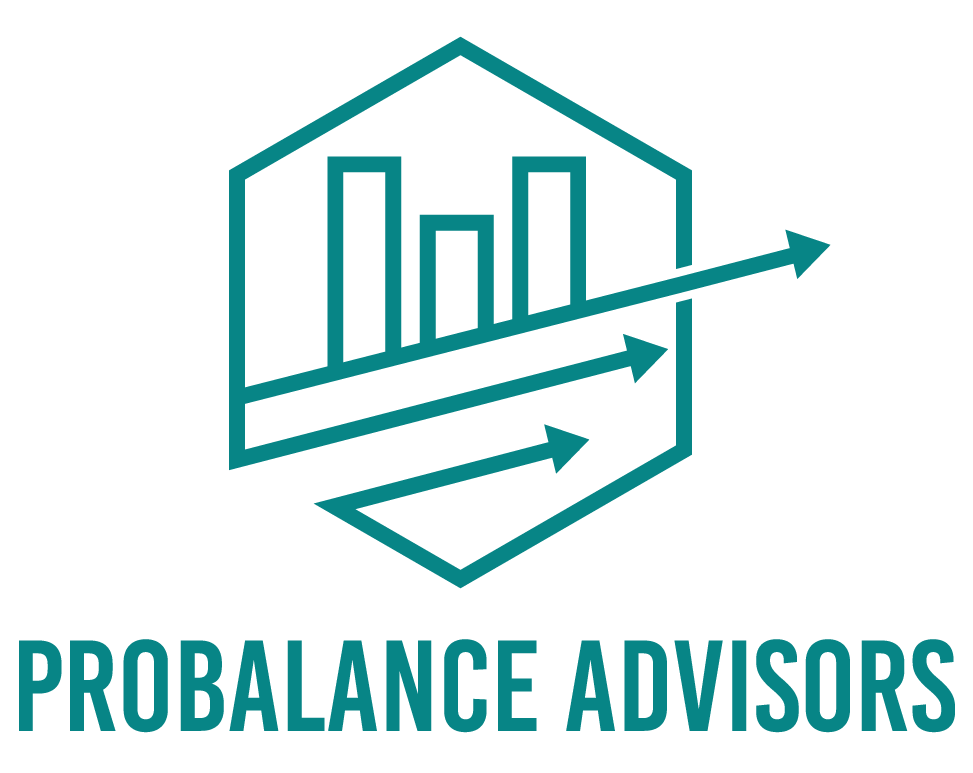
Cash flow is central to small and large organizations. The cash that flows into and out of the business defines its capacity to continue operations, meet obligations, finance new prospects, and expand.
Outstanding businesses might close down because they consistently lack positive cash flow. In this article, we will explain cash flow, cash flow analysis, the mechanism, and how you can help yourself deal with this parameter effectively.
What Is Cash Flow?
In a fundamental view, cash flow is the money entering or leaving a business. That is why it is considered one of your company’s most essential and sensitive financial parameters. In the context of cash flow, for example, the flows will mean the money coming in, more business revenue, and the money going out, more business expenses.
This cash flow is documented and explained through a statement of cash flows, which aims to glimpse the company’s ability to generate and meet its cash flow goals.
Understanding the Importance of Cash Flow
Managing cash flow is essential since a business can fulfill all its current obligations without struggling to get funding. Profitably generated profits are not enough to keep a business running; every industry, however profitable, risks going under if its cash flow could be better managed. Good working capital means that a company can reinvest, diversify, and undertake additional activities that may arise from its operations without requiring support from a third party.
Types of Cash Flow
Cash flow is divided into three main categories:
Cash Flow Operations (CFO): This is money derived from operations and implicit in revenue-generating and costs associated with business operations. A positive CFO represents continuing profitable operations, while a negative CFO means the organization needs external funds.
Cash Flow Investing (CFI): Pertains to money used to acquire or gain income-generating assets such as land, buildings, or machinery. Negative CFI is average for growing firms but should generate positive returns in the long run.
Cash Flow Financing (CFF): Concerns borrowing, debt repayments, and stock offerings in the capital market. Positive CFF means undertaking funds, while Negative CFF depicts debt payments or dividend declarations.
How to Analyze Cash Flow
Cash flow analysis is more than just the simple evaluation of the inflow and outflow of cash and other monetary resources. It means using factors such as the cash flow ratio or the operating cash flow margin to assess the company’s solvency. Below are critical steps for analyzing cash flow:
Examine the Cash Flow Statement: Check your income statement, which categorizes cash receipts and payments into operating, investing, and financing activities. This helps you get a broad perspective of how your cash is generated and expended.
Look for Trends: The organization may compare its cash flow statement for different periods to determine trends in cash flows. What evidence can be shown that cash inflows are more remarkable than cash outflows? Are financing activities frequently used for operational costs? Discovering these patterns will enable someone to predict future cash requirements.
Calculate Cash Flow Ratios: Other profitability ratios, such as the operating cash flow ratio calculated like CFO/Current liabilities, can reveal how operating activities discharge current liabilities. Another one is cash flow from operations, which is calculated by free cash flow (CFO minus capital spending) and considers fixed and working capital changes.
Keep an eye on your payables and receivables:
Track how long it takes to pay suppliers and how long it takes for customers to pay you. Lessening the time needed to collect accounts receivable and lengthening the time given for accounts payable can be done without stopping a business from running.
Conclusion
Cash flow is very important for any business to be successful. Business owners can make better choices that improve cash flow stability and growth if they understand and constantly look at cash flow. You need to learn how to balance your cash flow and keep it above zero, whether running a business, making investments, or borrowing money.







